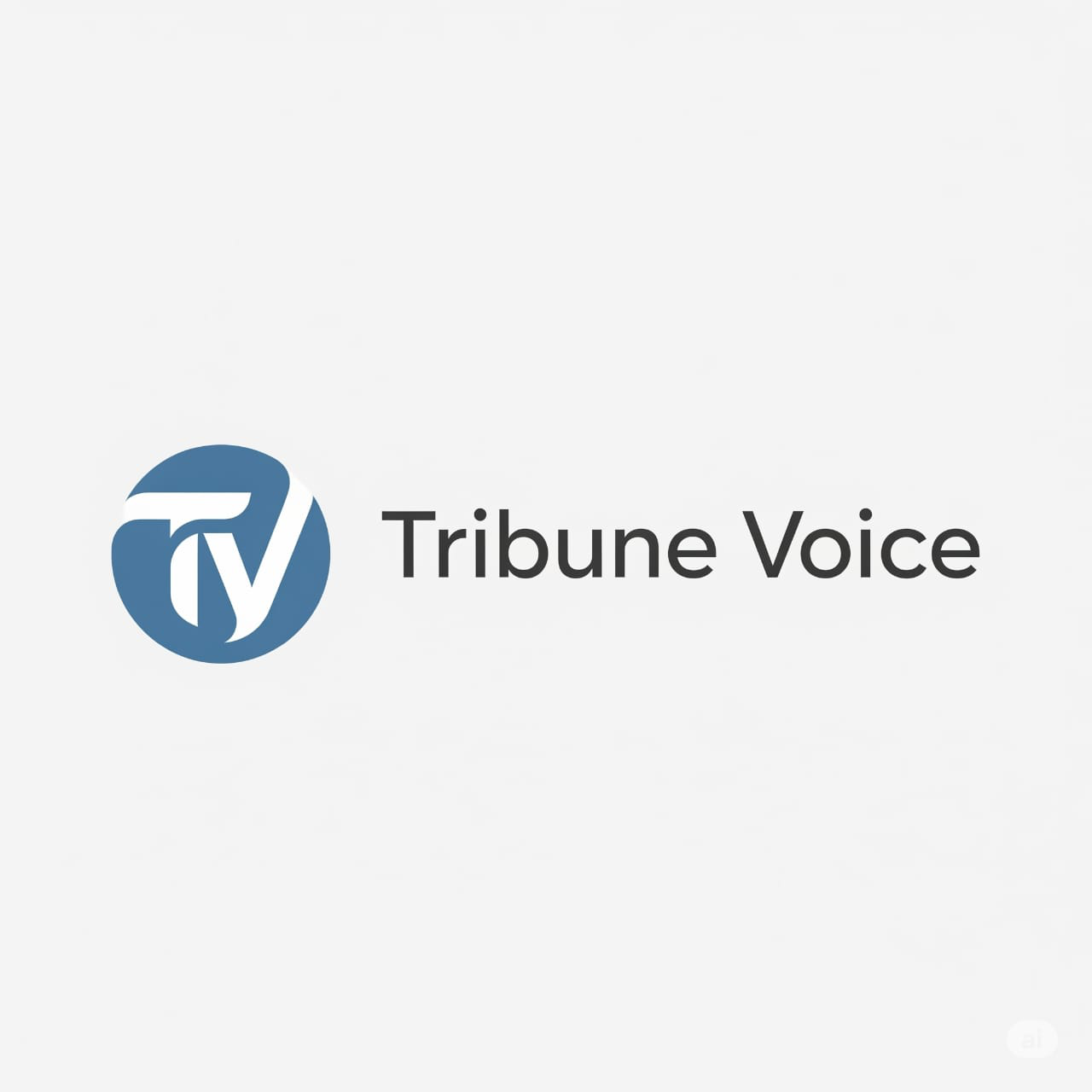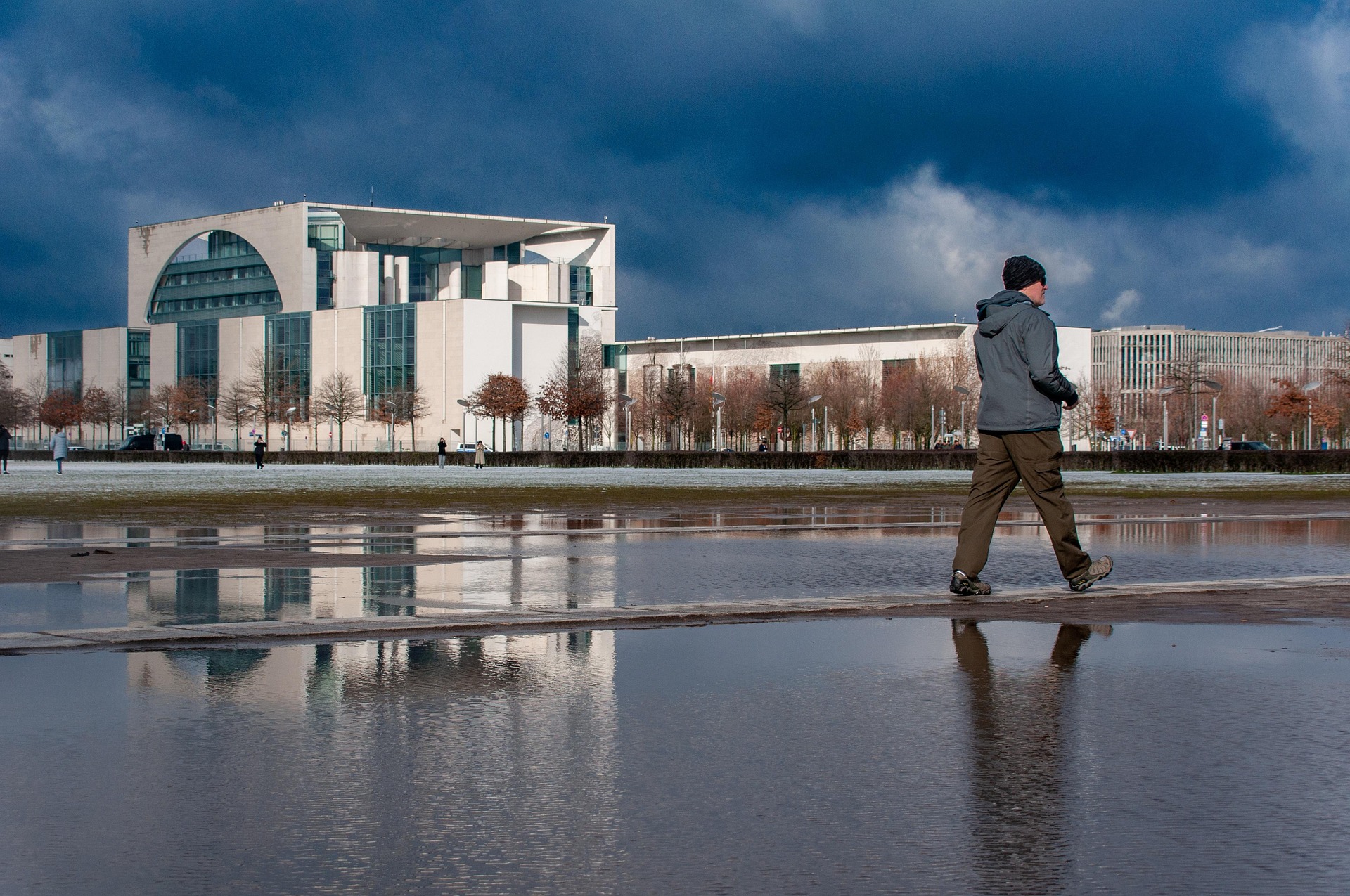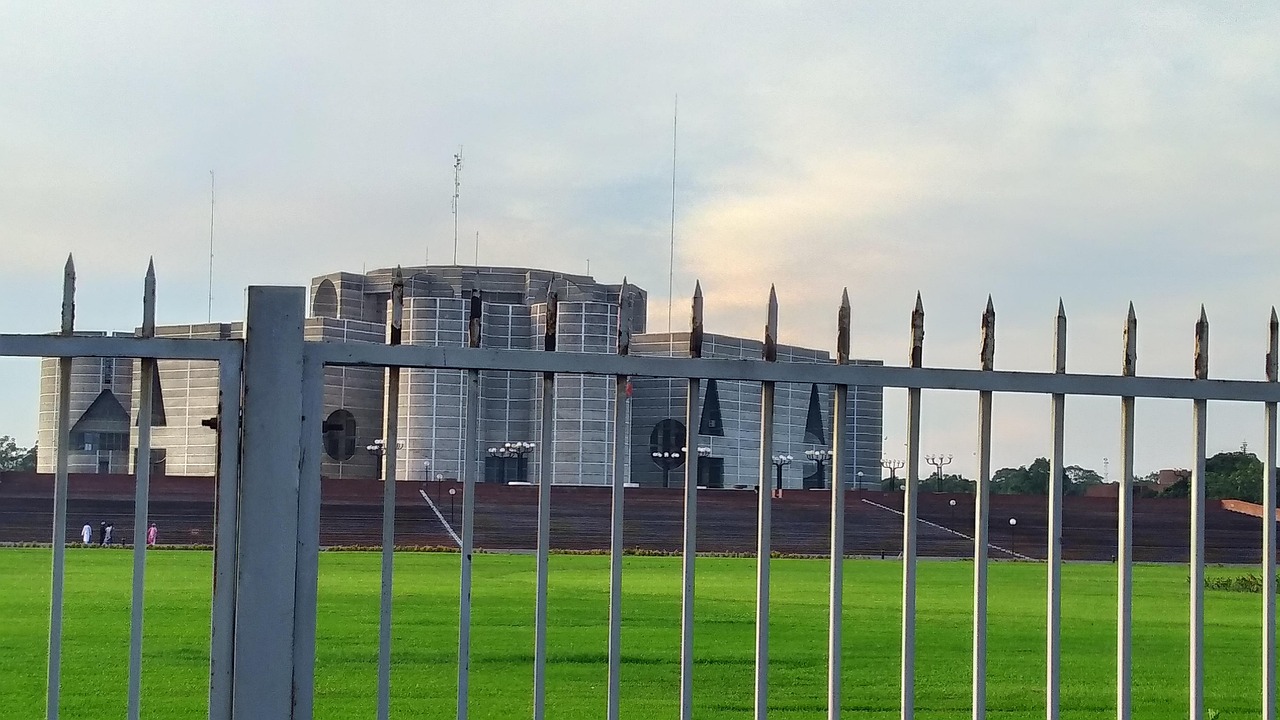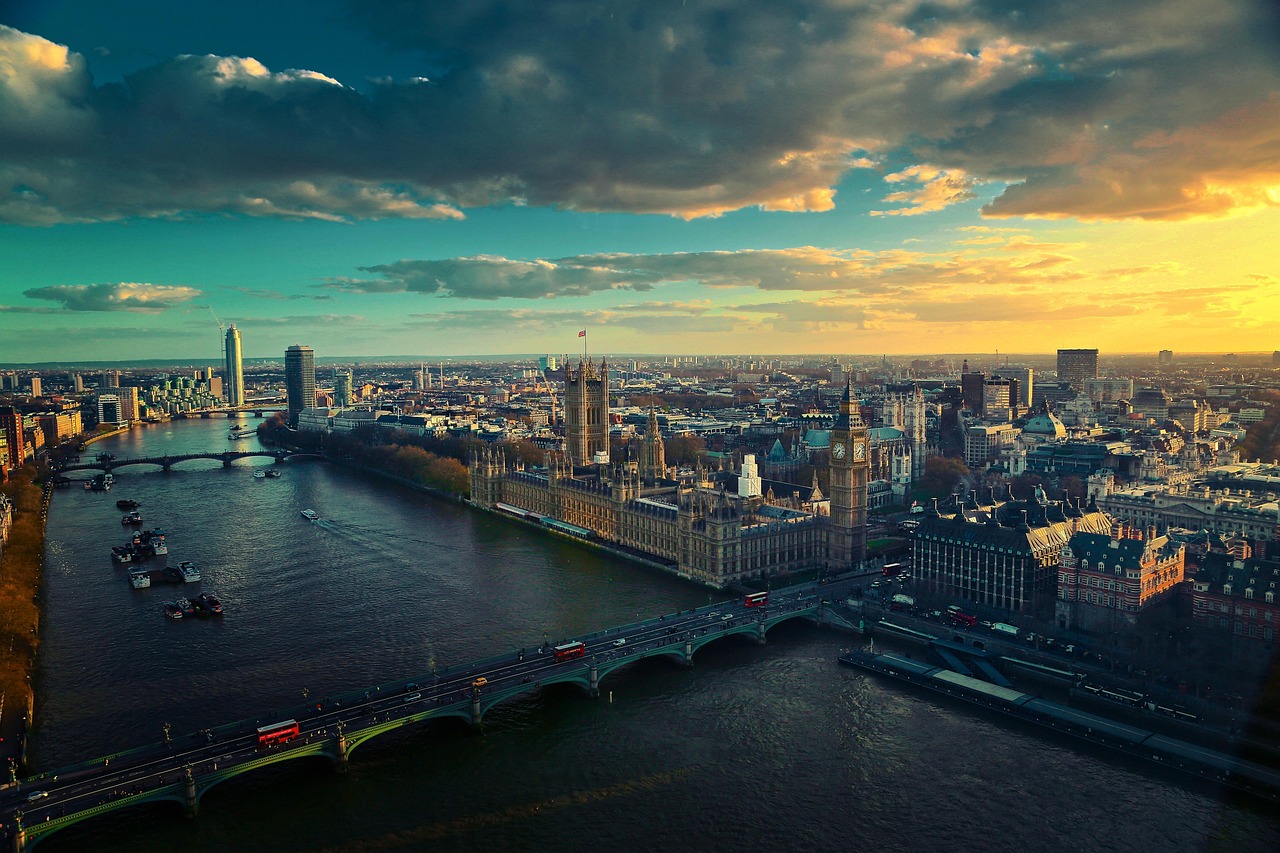In 2025, Iranian women continue to lead a powerful struggle for freedom, driven by decades of systemic oppression and galvanized by the 2022 “Woman, Life, Freedom” uprising. Sparked by the death of Mahsa Jina Amini in custody for allegedly violating mandatory hijab laws, this movement has grown into a broader call for bodily autonomy, equality, and justice. As economic hardship, state repression, and discriminatory laws intensify, Iranian women are at the forefront of a potential revolution, with 2025 poised to be a pivotal year. This article explores why Iranian women demand freedom and the signs of an upcoming revolutionary shift, drawing on their resilience and the evolving socio-political landscape.
Why Iranian Women Demand Freedom
Iranian women seek freedom to reclaim fundamental rights denied by the Islamic Republic’s theocratic regime since the 1979 Revolution. The mandatory hijab, enforced by the morality police, symbolizes broader restrictions on personal and bodily autonomy. Laws restrict women’s rights in marriage, divorce, inheritance, child custody, work, travel, and political participation, rendering them second-class citizens. For instance, women need a husband’s or father’s permission to obtain a passport, and 23 legal restrictions limit married women’s autonomy, according to the World Bank’s 2024 data. These policies, rooted in gender apartheid, aim to entrench state power by controlling women’s bodies and lives.
[](https://en.wikipedia.org/wiki/Women%27s_rights_in_Iran)
The 2022 death of 22-year-old Mahsa Jina Amini, arrested for an “improper” hijab, ignited nationwide protests under the slogan “Woman, Life, Freedom.” Women burned hijabs and cut their hair, rejecting state-imposed identities. The uprising revealed deep-seated frustration with systemic discrimination, including lack of protection from gender-based violence and economic exclusion. With inflation at 40% in 2024 and the rial’s value plummeting, women face heightened economic precarity, often confined to low-wage or informal work due to restricted job access. This economic strain fuels their demand for freedom to pursue education, careers, and self-determination without state interference.
[](https://freedomhouse.org/country/iran/freedom-world/2025)[](https://iranhumanrights.org/2024/09/a-quiet-revolution-continues-in-iran-two-years-after-the-woman-life-freedom-uprising/)
Activists like Narges Mohammadi, awarded the 2023 Nobel Peace Prize, embody this struggle. Despite her extended prison sentence in 2024, Mohammadi’s advocacy for women’s rights inspires a new generation. Young women, in particular, are rejecting fear, with many engaging in civil disobedience by appearing unveiled in public, despite risks of arrest, fines, or imprisonment. The Center for Human Rights in Iran (CHRI) notes in 2024 that this “quiet revolution” reflects a transformation in women’s courage to challenge state oppression, seeking not just reform but systemic change.
[](https://iranhumanrights.org/2024/09/a-quiet-revolution-continues-in-iran-two-years-after-the-woman-life-freedom-uprising/)[](https://msmagazine.com/2024/03/11/iran-mahsa-amini-woman-life-freedom-movement/)
The “Woman, Life, Freedom” Movement: A Catalyst for Change
The “Woman, Life, Freedom” movement, rooted in over 120 years of Iranian women’s activism, has become a symbol of resistance against the regime’s repressive policies. Building on earlier efforts like the One Million Signatures Campaign, which highlighted legal discrimination, the movement emphasizes autonomy and agency. The 2022 protests, sparked by Amini’s death, saw women, men, and children from diverse backgrounds unite, with women leading the charge. The UN Fact-Finding Mission (FFMI) reported in 2024 that 551 protesters, including 49 women and 68 children, were killed, with thousands arrested and subjected to torture, including rape and mock executions.
[](https://www.ohchr.org/en/stories/2024/03/woman-life-freedom-survivors-want-end-state-impunity-iran)[](https://www.ohchr.org/en/stories/2025/04/justice-and-accountability-woman-life-freedom-protests)
Despite brutal crackdowns, the movement persists. In 2024, women continued defying mandatory hijab laws, with CHRI documenting widespread civil disobedience. Social media platforms amplify these acts, with campaigns like Masih Alinejad’s “My Stealthy Freedom” encouraging women to share unveiled photos, fostering solidarity. The regime’s response—intensified surveillance, vehicle confiscations, and violent enforcement under the 2024 “Noor Plan”—has only strengthened resolve. The FFMI’s 2025 report highlights digital surveillance, such as shutting down Instagram accounts, as a tool to silence activists, yet women persist, risking severe penalties, including death sentences for “corruption on earth” under the 2024 “Hijab and Chastity” law.
[](https://iranhumanrights.org/2024/09/a-quiet-revolution-continues-in-iran-two-years-after-the-woman-life-freedom-uprising/)[](https://www.ohchr.org/en/press-releases/2025/03/iran-government-continues-systematic-repression-and-escalates-surveillance)[](https://www.amnesty.org/en/latest/news/2024/12/iran-new-compulsory-veiling-law-intensifies-oppression-of-women-and-girls/)
This movement transcends hijab resistance, addressing broader systemic injustices like unfair trials, executions, and ethnic discrimination. The FFMI notes that women from Kurdish and Baluchi communities face compounded persecution, amplifying their role as leaders in a potential revolution. The slogan “Woman, Life, Freedom” encapsulates a vision for a society where women are equals, free to express themselves and shape their futures.
[](https://www.ohchr.org/en/press-releases/2025/03/iran-government-continues-systematic-repression-and-escalates-surveillance)
Signs of an Upcoming Revolution in 2025
Several factors suggest 2025 could mark a revolutionary turning point for Iranian women and society:
- Escalating Repression and Resistance: The regime’s intensified crackdowns, including the “Hijab and Chastity” law paused in December 2024 but set to resume, signal fear of women’s growing defiance. This law imposes death penalties, flogging, and fines up to $12,000 for anti-hijab activism, yet women continue protesting, as seen in cases like Arezou Badri, gravely injured by police gunfire in 2024. This cycle of repression and resistance fuels revolutionary momentum.[](https://amnesty.ca/human-rights-news/iran-two-years-after-woman-life-freedom-uprising/)[](https://www.amnesty.org/en/latest/news/2024/12/iran-new-compulsory-veiling-law-intensifies-oppression-of-women-and-girls/)
- Economic Crisis: Iran’s economy, battered by sanctions and mismanagement, saw 901 executions in 2024, the highest in nine years, as a tool to suppress dissent amid economic despair. With soaring prices and unemployment, women, who face a 20% unemployment rate compared to 10% for men, are increasingly vocal, linking economic justice to gender equality.[](https://freedomhouse.org/country/iran/freedom-world/2025)
- Activist Leadership: Figures like Masih Alinejad, despite assassination attempts, and imprisoned activists like Sharifeh Mohammadi and Pakhshan Azizi, sentenced to death in 2024, inspire widespread support. The February 2025 “Women, Force for Change – Free Iran 2025” conference in Paris highlighted global solidarity, with calls to blacklist the Islamic Revolutionary Guard Corps (IRGC) and support democratic reform.[](https://www.hrw.org/world-report/2025/country-chapters/iran)[](https://www.ncr-iran.org/en/news/iran-resistance/international-conference-women-force-for-change-free-iran-2025/)[](https://www.fdd.org/podcasts/2025/04/02/woman-life-freedom/)
- Youth and Social Media: Iran’s young population, with 60% under 30, drives change through digital platforms. Despite internet restrictions, women use VPNs to share stories of resistance, bypassing state censorship. This digital activism, coupled with intergenerational dialogue, is shifting societal norms, even in traditional families.[](https://www.ohchr.org/en/press-releases/2025/03/iran-government-continues-systematic-repression-and-escalates-surveillance)
- UN Scrutiny: The UN Human Rights Council extended the FFMI’s mandate in April 2025 to investigate ongoing violations, including gender persecution as a crime against humanity. This international pressure, combined with calls for universal jurisdiction to prosecute Iranian officials, strengthens the case for accountability, emboldening activists.[](https://www.ohchr.org/en/stories/2025/04/justice-and-accountability-woman-life-freedom-protests)
The FFMI’s final report, due in March 2025, is expected to detail further evidence of crimes against humanity, potentially galvanizing global support for Iranian women. The movement’s existentialist roots, as noted in a 2025 MDPI study, frame it as a fight for self-realization and national liberation, suggesting a broader revolutionary potential.
[](https://www.mdpi.com/2076-0760/14/5/272)
Challenges to Freedom
Iranian women face significant obstacles:
- Legal Repression: The “Hijab and Chastity” law and charges like “armed rebellion” threaten activists with death or long prison terms. For example, Varisheh Moradi faced a death sentence in 2024 for peaceful activism.[](https://freedomhouse.org/country/iran/freedom-world/2025)
- Surveillance and Violence: The “Noor Plan” and digital vigilantism target women, with morality police using facial recognition to enforce hijab laws. Torture, including rape and ocular injuries, aims to intimidate.[](https://amnesty.ca/human-rights-news/iran-two-years-after-woman-life-freedom-uprising/)[](https://www.ohchr.org/en/press-releases/2025/03/iran-government-continues-systematic-repression-and-escalates-surveillance)
- Social Stigma: Conservative societal norms pressure women to conform, though growing public support is eroding this stigma.
- Economic Barriers: Limited job opportunities and economic hardship force women into precarious situations, amplifying their push for systemic change.[](https://freedomhouse.org/country/iran/freedom-world/2025)
Opportunities for Change
To advance their fight, Iranian women could leverage:
- Global Advocacy: International support, as seen at the 2025 Paris conference, can pressure Iran to repeal discriminatory laws.[](https://www.ncr-iran.org/en/news/iran-resistance/international-conference-women-force-for-change-free-iran-2025/)
- Digital Resistance: Expanding social media campaigns can amplify voices, despite censorship, fostering global awareness.[](https://www.fdd.org/podcasts/2025/04/02/woman-life-freedom/)
- Legal Reforms: Pushing for equal participation in public life, as recommended by the FFMI, could dismantle gender apartheid.[](https://www.ohchr.org/en/stories/2025/04/justice-and-accountability-woman-life-freedom-protests)
- Community Solidarity: Intergenerational and cross-ethnic unity strengthens the movement, as seen in the diverse 2022 protests.[](https://www.mdpi.com/2076-0760/14/5/272)
Future Outlook for 2025
In 2025, the “Woman, Life, Freedom” movement is poised to escalate, driven by women’s resilience and societal shifts. The FFMI’s March report could spur international action, while economic crises and youth activism fuel domestic unrest. Though President Masoud Pezeshkian promised to ease hijab enforcement, ongoing repression suggests limited reform. Women’s defiance, from unveiling to leading protests, signals a revolutionary spirit that could reshape Iran’s future, demanding a society where freedom and equality prevail.
[](https://www.ohchr.org/en/press-releases/2025/03/iran-government-continues-systematic-repression-and-escalates-surveillance)
Conclusion
Iranian women’s demand for freedom in 2025 stems from decades of systemic oppression, intensified by economic hardship and brutal state crackdowns. The “Woman, Life, Freedom” movement, sparked by Mahsa Jina Amini’s death, has evolved into a call for bodily autonomy, equality, and justice. With 2025 bringing increased international scrutiny and domestic resistance, Iranian women are leading a potential revolution. Their courage, amplified by figures like Narges Mohammadi and Masih Alinejad, challenges the regime’s grip, offering hope for a free and equitable Iran.
Sources: Amnesty International, Freedom House, OHCHR, Human Rights Watch, Center for Human Rights in Iran, MDPI.
[](https://www.amnesty.org/en/latest/news/2024/09/iran-two-years-after-woman-life-freedom-uprising-impunity-for-crimes-reigns-supreme/)[](https://freedomhouse.org/country/iran/freedom-world/2025)[](https://www.hrw.org/world-report/2025/country-chapters/iran)











